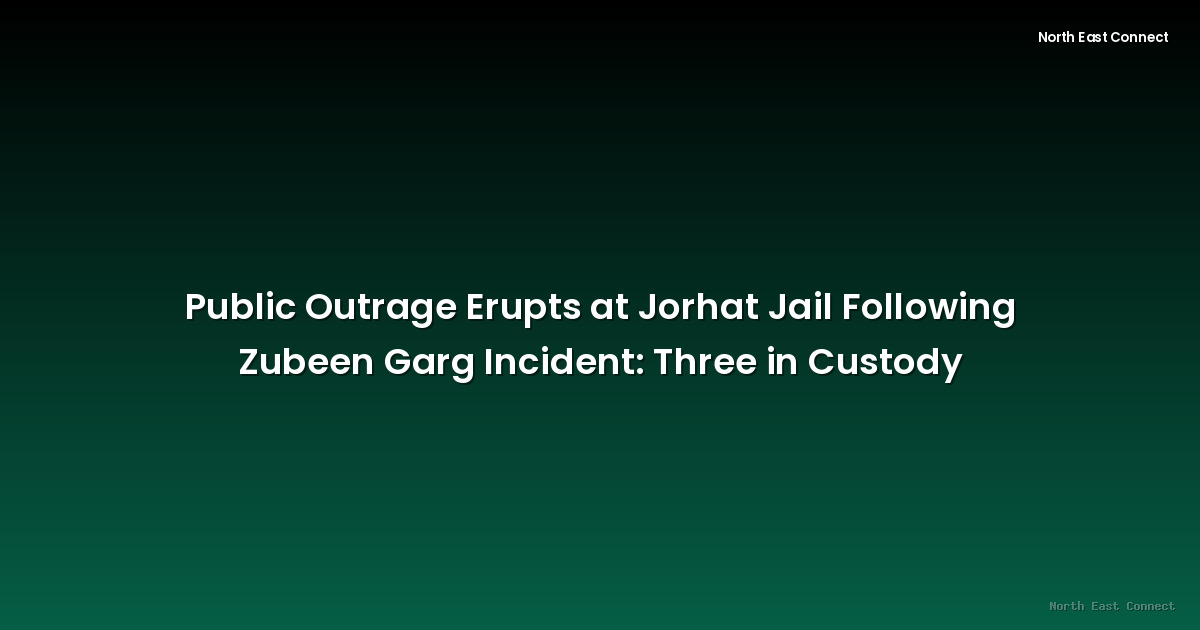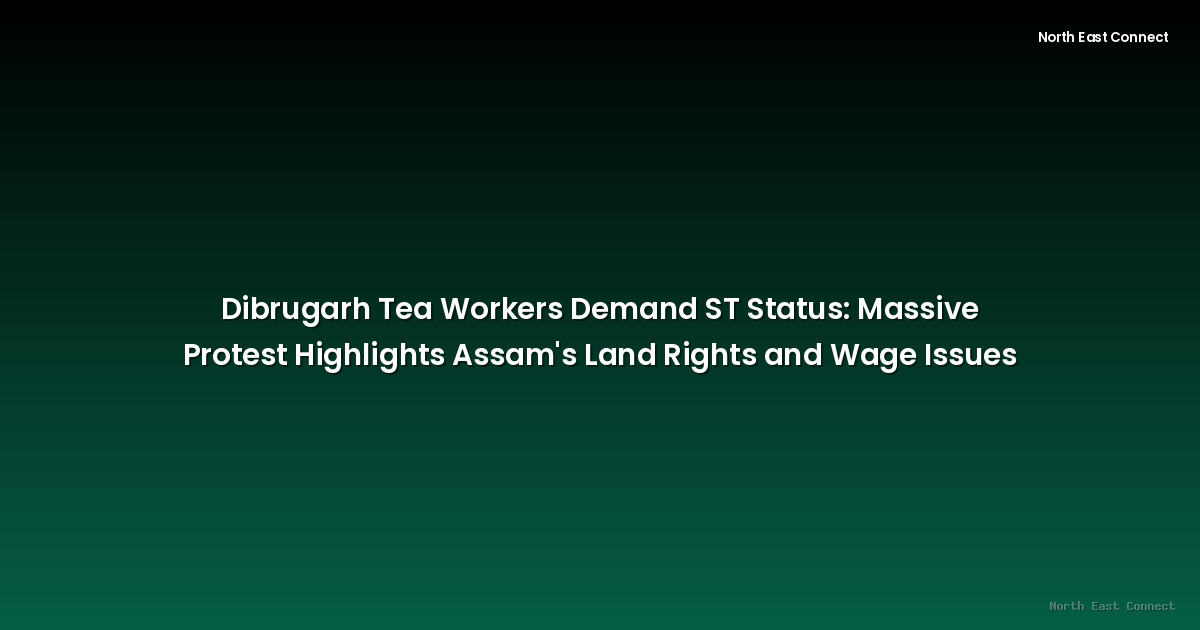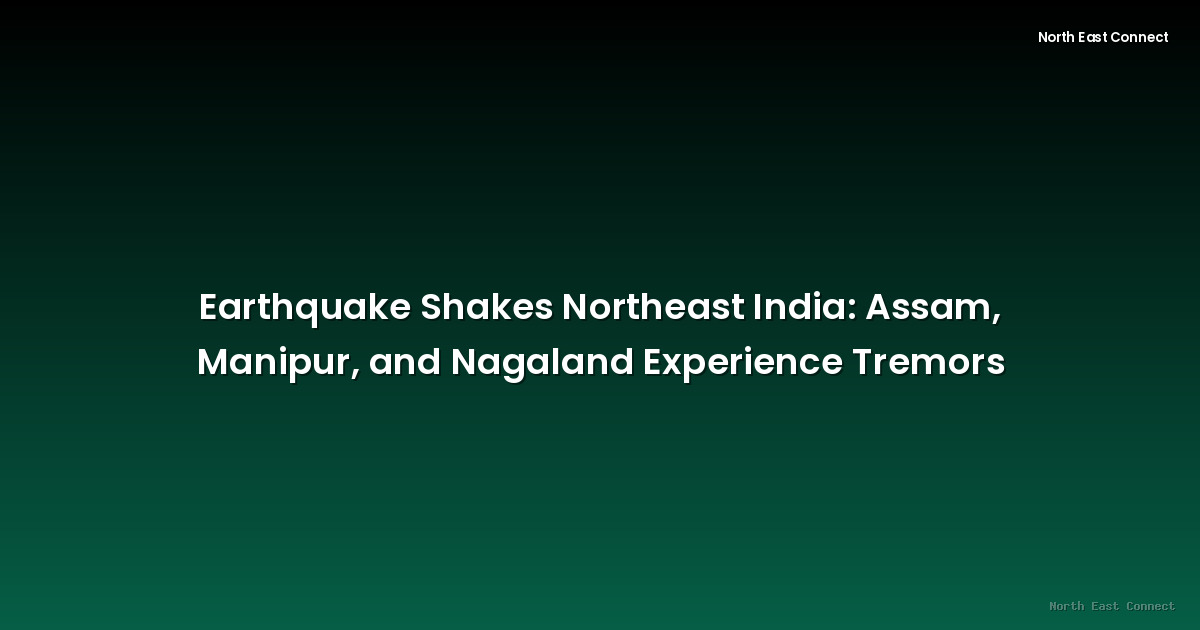2025-08-17 · News
The border region of Uriamghat, situated between Assam and Nagaland, is experiencing heightened tensions following recent evictions and subsequent allegations of land grabbing. This volatile situation has prompted an anticipated visit from the Chief Ministers of both states, aiming to de-escalate the conflict and find a peaceful resolution.
The evictions, the precise details of which remain unclear from publicly available information, have sparked significant unrest amongst affected communities. These communities, whose identities and specific grievances haven't been fully detailed in available reports, are now expressing concerns about their land rights and the potential for further displacement. The resulting power vacuum appears to have created an opportunity for opportunistic land grabs, exacerbating the already tense atmosphere.
The planned visits from the Assam and Nagaland Chief Ministers signal a significant effort to address the escalating crisis directly. Their intervention underscores the seriousness of the situation and the potential for broader regional instability if the conflict is left unchecked. While the specifics of their planned actions remain undisclosed, it is expected that they will meet with local community leaders, assess the situation on the ground, and work towards finding a solution acceptable to all involved parties.
The involvement of both state leaders highlights the complex jurisdictional issues at play. The precise demarcation of the Assam-Nagaland border remains a long-standing source of contention, often leading to disputes over land ownership and resource allocation. This particular incident in Uriamghat is likely to bring these underlying border issues back to the forefront, underscoring the need for lasting solutions that address the root causes of these recurring conflicts.
The timing of the Chief Ministers' visit is critical. The prompt response is likely intended to prevent the situation from escalating further, potentially averting any violent confrontations or further displacement of communities. The success of their intervention will depend heavily on their ability to engage constructively with all stakeholders, listen to their concerns, and facilitate a dialogue that leads to a fair and equitable resolution.
A long-term solution will likely require addressing the underlying issues contributing to the conflict. This may include a reassessment of the border demarcation, improved communication and cooperation between Assam and Nagaland authorities, and the establishment of clear and transparent mechanisms for resolving land disputes. Failure to address these fundamental issues risks triggering further conflicts in the future, perpetuating instability in the sensitive border region.
The situation continues to evolve, and further updates will be provided as they become available. The outcome of the Chief Ministers' intervention will be crucial in determining the immediate future of the Uriamghat region and setting the stage for long-term conflict resolution.







